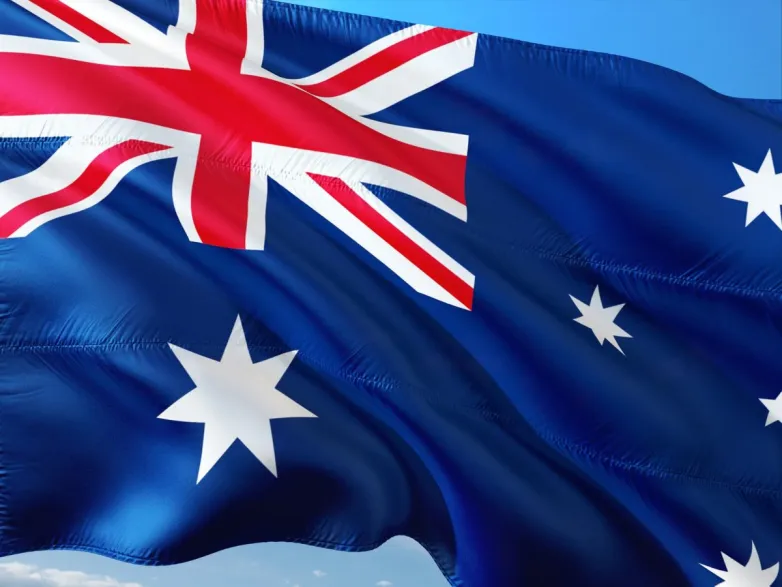Australia’s Townsville battery gigafactory reaches new milestone
Oct 4, 2019 12:05 PM ET
- Plans to develop an 18 GWh lithium-ion battery factory in northern Queensland have reached an important milestone with the project feasibility study submitted to the Queensland government.

Townsville’s lithium-ion battery gigafactory has taken a big step forward in its pre-development application phase with a feasibility study submitted to the Queensland state government. The project proposal is expected to move into the development approval process in the coming months and the Imperium3 consortium (iM3TSV) will seek debt finance.
The consortium – New South Wales-based graphite miner Magnis Energy, lithium storage tech company C4V LLC New York and Sydney-based investment house Boston Energy and Innovation – has also been busy consulting the community, local and state governments and businesses. The Port of Townsville has been approached about developing its transport and logistics solutions, James Cook University has been consulted about collaboration on education and training and renewables developer Edify Energy has discussed the supply of low-cost, renewable power to the battery production facility.
Capital costs, site and timeline
The feasibility study was underpinned by the Queensland government, which gave $3.1 million (US$2.09 million) to the project last year. Minister for state development, manufacturing, infrastructure and planning, Cameron Dick, said at the time the study was a key requirement for attracting the next stage of funding and was expected to be complete this year. “We expect Imperium3 will make the final investment decision by mid-2020,” he said.
According to an Australian Securities Exchange update by Magnis on Tuesday, the feasibility study investigated the viability of developing an 18 GWh lithium-ion battery manufacturing plant in Townsville over three, 6 GWh stages and demonstrated sound financial viability on a project basis, with a net present value of $2.55 billion and a 21% internal rate of return.
The consortium recently appointed National Australia Bank (NAB) as its financial advisor to help develop a funding strategy after the lender carried out significant due diligence. “For NAB to put their name to anything and come on board is a big deal,” Magnis chairman Frank Poullas said at the time. “The fact they are confident they can work with us [to] raise the necessary funds to get Townsville up and running is a huge testament to us.”
Rising costs
Developing the project in stages “not only reduces the upfront capital requirement but also allows for the project expansion to occur in line with market development”, Magnis had said in an earlier statement. Total capital cost was estimated at $3 billion, up from an originally flagged $2 billion, with 1,150 direct jobs created when operating at full capacity.
The feasibility study determined $1.12 billion would be needed for the first stage and around $945 million and $963 million for the subsequent phases. “The cost for stage 1 is slightly higher than stages 2 and 3, due to the need for iM3TSV to contribute to the cost of extending some trunk infrastructure services to the site,” Magnis explained.
The proposed site is Lansdown Station, approximately 40km south of central Townsville. As developer of the Lansdown Industrial Precinct, where the battery plant will be located, Townsville City Council will assume a “small ownership stake in the project”. The precinct is intended to be Northern Australia’s first environmentally sustainable advanced manufacturing, processing and technology estate. It will be powered by the 200 MW generation capacity Majors Creek Solar Farm being developed by Edify Energy.
The project’s execution schedule indicates construction of the first stage would start in the third quarter of next year and be completed by the end of Q3, 2022. Operations and manufacturing at the first stage would be scheduled to start in the following quarter.
Battery and manufacturing process
The consortium has selected a cylindrical 32700 form factor for its battery cells. According to Magnis, that cell type is better suited to high volume manufacture and offers improvements in performance and cost whilst maintaining flexibility in the range of applications for its use.
The manufacturing process was developed by iM3TSV’s strategic partners and vendors of manufacturing equipment including Durr Megtec and Siemens, who are looking to incorporate the latest advancements in battery cell production to increase efficiency and production yields. The solution was delivered by Brisbane-based engineering specialist Ausenco, which was responsible for combining individual vendor packages into an integrated production process.
The consortium expects to complete and submit a development application to Townsville City Council for formal consideration in the coming months, and will execute a funding strategy with the help of NAB. The project partners are also planning to start battery cell production testing in a commercial setting at equipment vendor facilities. “IM3 battery cells will be provided to customers for independent evaluation and qualification as a precursor to procuring off-take contracts,” Magnis said.
Also read


